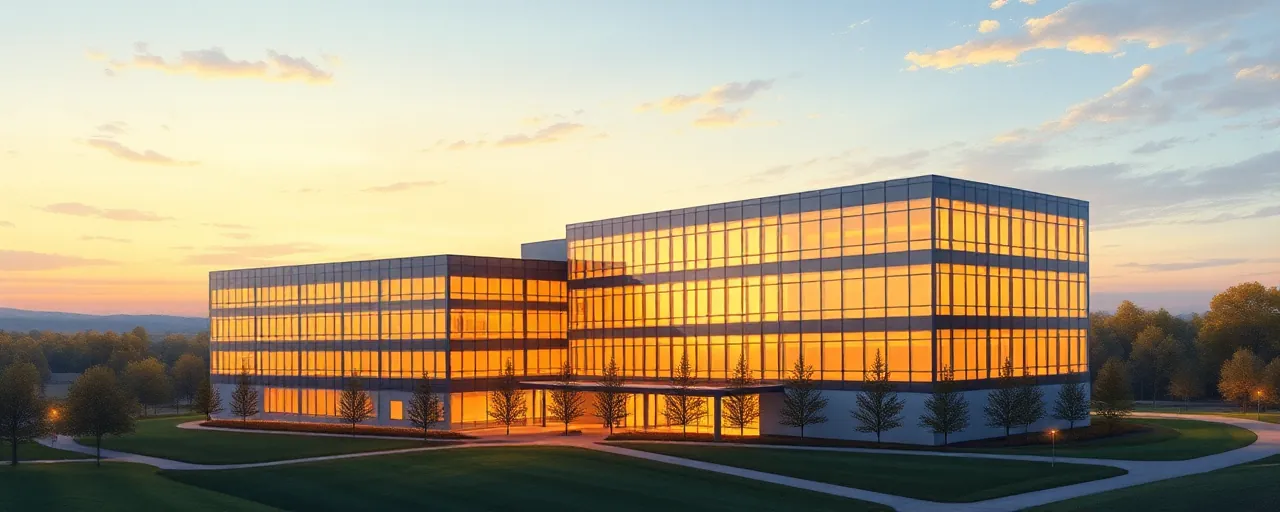A New Era for Career Training in Ohio
In Georgetown, Ohio, a small town in Brown County, the ribbon-cutting for the upgraded Southern Hills Career and Technical Center drew a crowd of local educators, students, and state officials. The event marked a milestone in the state's push to prepare young people for high-demand careers. With gleaming new labs and expanded classrooms, the center promises to equip students with skills tailored to the region's growing industries.
The revamped facility, backed by over $6 million in state funding, nearly doubles the center’s capacity to train students in healthcare and manufacturing. This expansion comes at a time when employers across Ohio and beyond are scrambling to fill jobs requiring specialized technical skills. For students, the center offers a chance to turn interests into careers without leaving their communities.
Governor Mike DeWine, who attended the ceremony, emphasized the importance of giving students options. He highlighted how the upgraded center allows more young people to explore fields they’re passionate about, from nursing to precision machining. His remarks underscored a broader trend: career and technical education, or CTE, is gaining momentum as a pathway to economic stability.
Yet, the project also raises questions about how states balance investments in education with other pressing needs. As Ohio pours resources into CTE, stakeholders are watching to see if these efforts will deliver measurable results for students and the regional economy.
State-of-the-Art Labs Meet Workforce Demands
At the heart of the Southern Hills upgrade are two new labs: one for healthcare and another for machining engineering technologies. The healthcare lab, already in use, has doubled its capacity from 25 to 50 students per year. It features tools like the Anatomage Table, a 3D digital model of the human body that lets students dissect virtual organs with a swipe. Such technology mirrors the digital transformation sweeping hospitals and clinics.
The machining lab, set to open next school year, will train 25 to 30 additional students annually. Equipped with advanced CNC machines and welding tools, it replicates the tech found in nearby factories. These investments align with Ohio’s manufacturing sector, which faces a growing need for workers skilled in automation and digital systems. The labs aim to bridge the gap between classroom learning and real-world job requirements.
State funding, including a $4.6 million grant and a $1.7 million equipment boost from Ohio’s Department of Education and Workforce, made the upgrades possible. Director Stephen Dackin praised the project, noting that it equips students with cutting-edge tools and confidence to succeed. However, some educators argue that sustaining such facilities requires ongoing investment, not just one-time grants, to keep pace with rapidly evolving industries.
Why Career Education Matters Now
The push for CTE reflects a broader shift in how students and families view education. Nationwide, enrollment in career-focused programs has climbed, with a 3% rise in CTE courses over the past five years. In Ohio alone, participation has grown by 10% since 2021, adding over 13,000 students. This surge is driven by the promise of well-paying jobs in fields like healthcare and manufacturing, where demand outstrips supply.
For regions like Brown County, CTE programs are more than just schools; they’re economic engines. By training students for local industries, centers like Southern Hills help keep talent in the area, reducing unemployment and boosting wages. In 2023, states with robust CTE programs saw measurable gains, from higher graduation rates to stronger job placement for graduates. Ohio’s investment mirrors this trend, with 47 states last year enacting policies to expand CTE access.
Still, challenges persist. The manufacturing sector, for instance, faces a skills gap driven by retiring workers and fast-changing technology. By 2033, the U.S. may need 3.8 million new manufacturing employees, but many roles could go unfilled without sustained training efforts. Advocates for equity also point out that while CTE enrollment is diversifying, some groups, like women in manufacturing, remain underrepresented.
Voices From the Ground
Superintendent Kevin Kratzer, who toured the new machining lab with state officials, credited the governor’s hands-on approach for the project’s success. Years ago, Kratzer and other educators met with DeWine to discuss the need for modern equipment and more space. The resulting expansion, including 10,000 square feet of new classrooms, addresses long-standing limitations at Southern Hills, where students once lacked dedicated learning spaces.
Students, too, are excited about the possibilities. Those training in the healthcare lab describe the Anatomage Table as a game-changer, making complex anatomy feel accessible. In the machining lab, future welders and machinists will gain experience with tools that match what local employers use, giving them a head start in competitive job markets. Yet, some community members wonder if the focus on high-tech training might overlook students who prefer other career paths or face barriers to accessing CTE programs.
Looking Ahead
The Southern Hills upgrade is part of a larger wave of CTE investments across Ohio and the nation. As states like Wisconsin and Arizona pour millions into similar programs, the results are promising: higher graduation rates, more industry certifications, and stronger local economies. Ohio’s efforts, including recent projects in Williams County, signal a commitment to preparing students for a workforce transformed by technology and automation.
For Georgetown’s students, the expanded center offers a chance to build stable, fulfilling careers close to home. But the success of these initiatives will depend on sustained funding, strong industry partnerships, and a focus on inclusivity. As Ohio navigates this evolving landscape, the Southern Hills Career and Technical Center stands as a test case for how education can drive opportunity in a fast-changing world.
